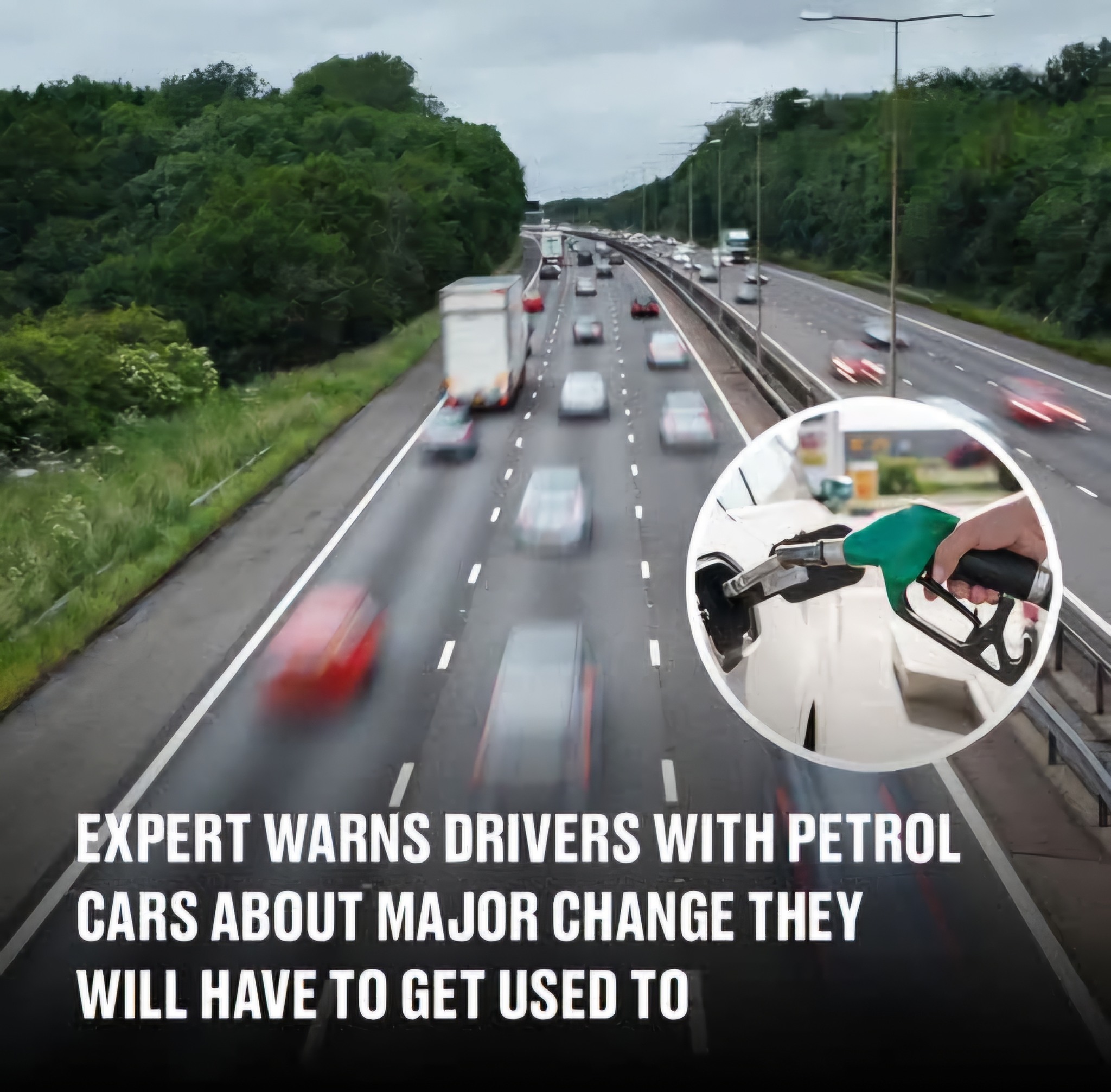The shift to electric vehicles (EVs) is no longer a distant concept—it’s happening now. Governments worldwide, including the UK and Canada, are setting firm deadlines to phase out gas-powered vehicles. The UK plans to ban the sale of new gas and diesel cars by 2030, with hybrid models following by 2035. Canada is aiming for 100% EV sales by 2035. While these deadlines may seem far off, experts advise gas car drivers to start preparing for significant changes today.

Adjusting to Automatic Transmissions
One of the biggest changes gas car drivers will face is transitioning to automatic transmissions. Unlike traditional gas-powered vehicles that often come with manual gearboxes, EVs don’t have gears. Stuart Masson from The Car Expert refers to this shift as “car industry 2.0.” EVs provide a smoother, simpler driving experience, but for those who have driven manual cars for years, it may take some adjustment.
The Gradual Disappearance of Gas Stations
Gas stations won’t vanish overnight, but as EV adoption rises, their numbers will decline. This means gas car owners may need to plan their routes more carefully, especially for long-distance travel. This situation mirrors the early days of EV ownership when drivers had to carefully map out their trips due to the limited availability of charging stations.
In Canada, automakers must hit incremental EV sales targets—20% by 2026, 60% by 2030, and 100% by 2035. While existing gas-powered vehicles will remain on the roads for years, drivers should expect a gradual decrease in the convenience of finding gas stations.
Overcoming Range Anxiety
Range anxiety—the fear of running out of battery before reaching a charging station—has long been a concern for potential EV buyers. However, Masson suggests that this fear is often exaggerated. “The average daily drive is about nine miles,” he explains, noting that modern EVs now have ranges of up to 250 miles on a single charge—more than enough for everyday needs.
Ironically, as gas stations become less common, gas car drivers may experience a similar kind of anxiety. Planning fuel stops ahead of time will become increasingly important, much like how early EV drivers had to strategize their charging stops.
The Growth of Charging Infrastructure
Governments and private companies are making significant investments in charging infrastructure to support the EV transition. Canada currently has over 25,500 charging ports, with plans to expand to 33,500 by 2026. While most are concentrated in provinces like Quebec, Ontario, and British Columbia, efforts are underway to improve accessibility nationwide.
Financial Incentives for EV Buyers
To encourage EV adoption, governments are offering financial incentives. In Canada, automakers can earn credits by meeting EV production targets or investing in public charging infrastructure. Additionally, consumer rebates help offset the higher upfront costs of EVs, making them a more attractive and accessible option.
What Happens to Gas Cars?
For those reluctant to switch, there’s no immediate rush to ditch gas-powered vehicles. “You’ll still be able to drive your gas car for decades,” Masson reassures. However, the auto industry is undeniably shifting toward electrification. Whether drivers choose to adapt early or hold out until change is unavoidable, they will have to adjust at some point.
Preparing for the Future
The transition to EVs will bring major changes to driving habits, infrastructure availability, and long-term vehicle ownership. While the shift will be gradual, experts emphasize that now is the best time to start preparing.
By familiarizing themselves with EV technology, adjusting to automatic transmissions, and staying informed about evolving infrastructure, gas car drivers can smoothly transition into the era of electric mobility. The road ahead may look different, but with the right mindset, it promises a cleaner, more efficient, and sustainable future.





